RIYADH: In recent years, Saudi Arabia has emerged as a major player in the global football arena, and the country’s investment in the Saudi Pro League has become a focal point for discussions around the future of the sport.
With significant financial backing and a strategic vision, the Kingdom is making headlines by attracting some of football’s biggest names, enhancing tourism, expanding international broadcasting, and capturing the attention of global media.
One of the most visible indicators of the SPL’s rising profile is the influx of international football stars. High-profile transfers in recent years have not only enhanced the league’s competitive edge, but also spotlighted its growing prestige.
These marquee signings are more than just players; they are global icons whose presence in the SPL serves as a powerful endorsement of the league’s quality and ambition.
Present:
When Portuguese superstar Cristiano Ronaldo joined Al-Nassr shortly after the 2022 World Cup, he changed the course of football in the Kingdom forever. He opened the door for some of the world’s finest players who rushed to join him soon afterwards.
After Ronaldo’s era-defining move to the Kingdom, Karim Benzema became the Saudi Pro League’s second high-profile arrival the following year. The SPL set its sights high by signing the 2022 Ballon d’Or winner from arguably the world’s most famous club, Real Madrid.
Popular Algerian winger Riyad Mahrez joined Al-Ahli in a 2023 statement signing, fresh from winning the UEFA Champions League, Premier League and FA Cup treble with Pep Guardiola’s all-conquering Manchester City team.
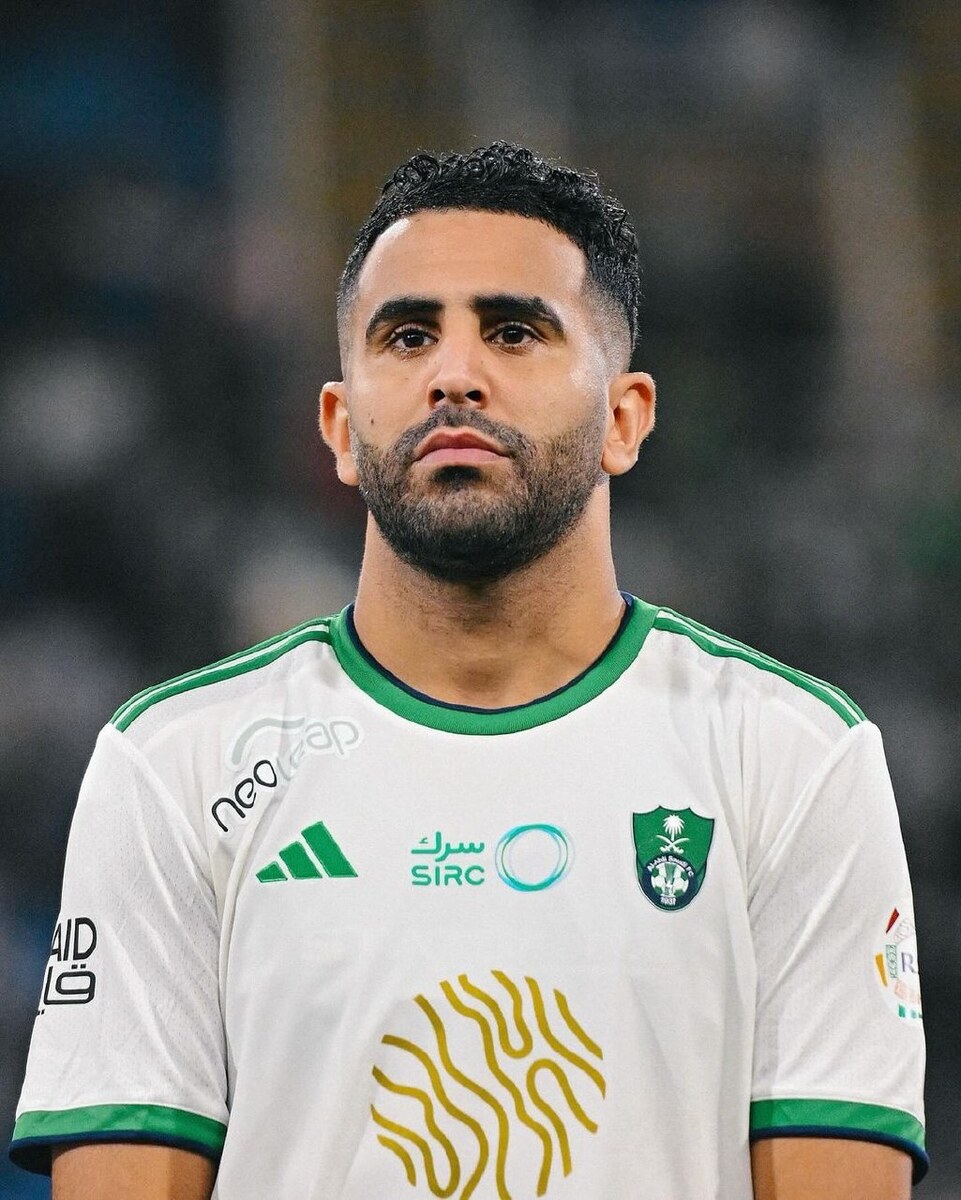
Riyadh Mahrez. (Twitter)
After a season in Bavaria, Senegalese star Sadio Mane packed his bags for Riyadh to play alongside Ronaldo at Al-Nassr in 2023.
Mane had enjoyed six successful years playing for Jurgen Klopp’s Liverpool before moving to German giants Bayern Munich in the summer of 2022.
Few foreign players have proven to be as successful in Saudi Arabia as Serbian forward Aleksandar Mitrovic. After joining Al-Hilal from English Premier League club Fulham last summer, he tore up defenses across the Kingdom, scoring 28 goals as Al-Hilal cruised to a record 19th Saudi Pro League championship.
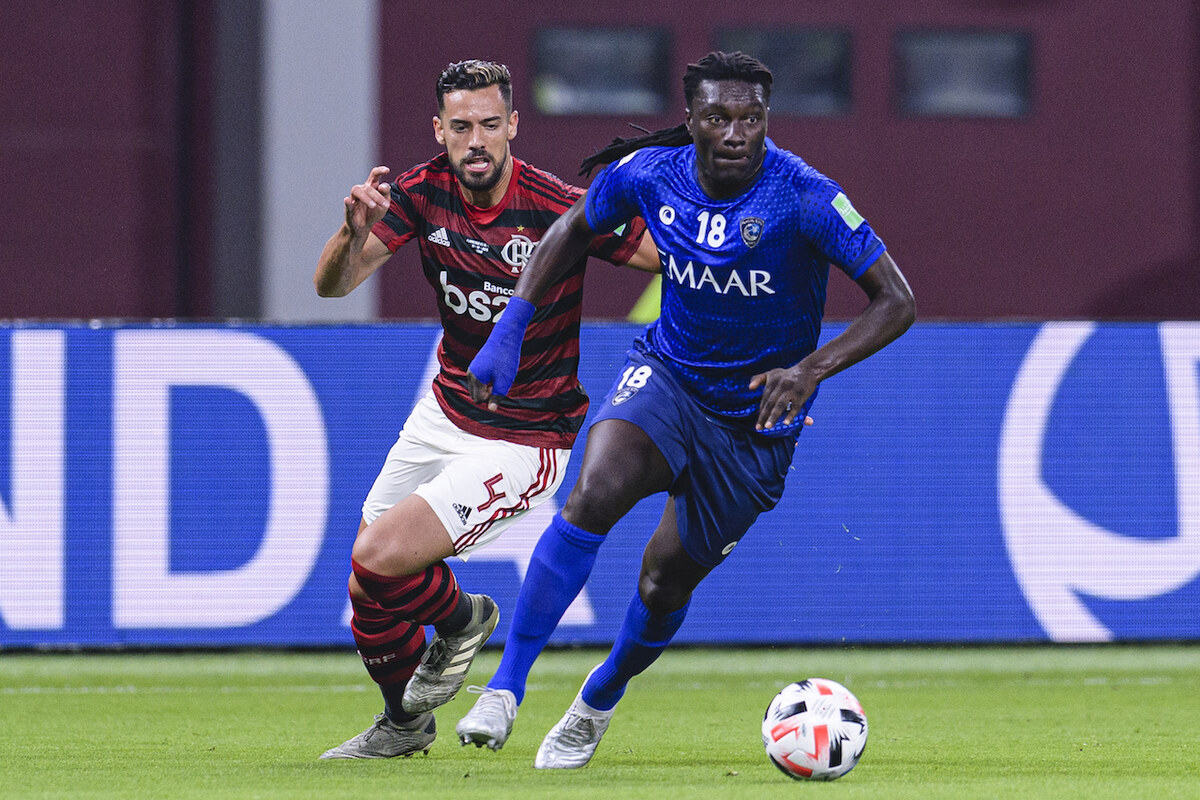
Bafetimbi Gomis of Al Hilal (R) runs with the ball during the FIFA Club World Cup Semi-Final match between CR Flamengo and Al Hilal FC at Khalifa International Stadium on December 17, 2019 in Doha, Qatar. (Photo by Marcio Machado/Eurasia Sport Images/Getty Images)
Past:
While recent years have seen an influx of high-profile stars, Saudi football has long been home to some outstanding international talent.
A member of the legendary 1970 World Cup-winning Brazil team alongside the likes of Pele, Carlos Alberto and Jairzinho, Roberto Rivelino joined Al-Hilal in 1978. He proceeded to win the Saudi league in his first season and score 26 goals across three campaigns.
Omar Al-Somah is another Arab superstar who made his name in Saudi Arabia. The Syrian forward joined Al-Ahli in 2014 and went on to have a sensational career, scoring 144 goals in 180 matches for the Jeddah giants, claiming the Saudi Pro League title in 2015-16.
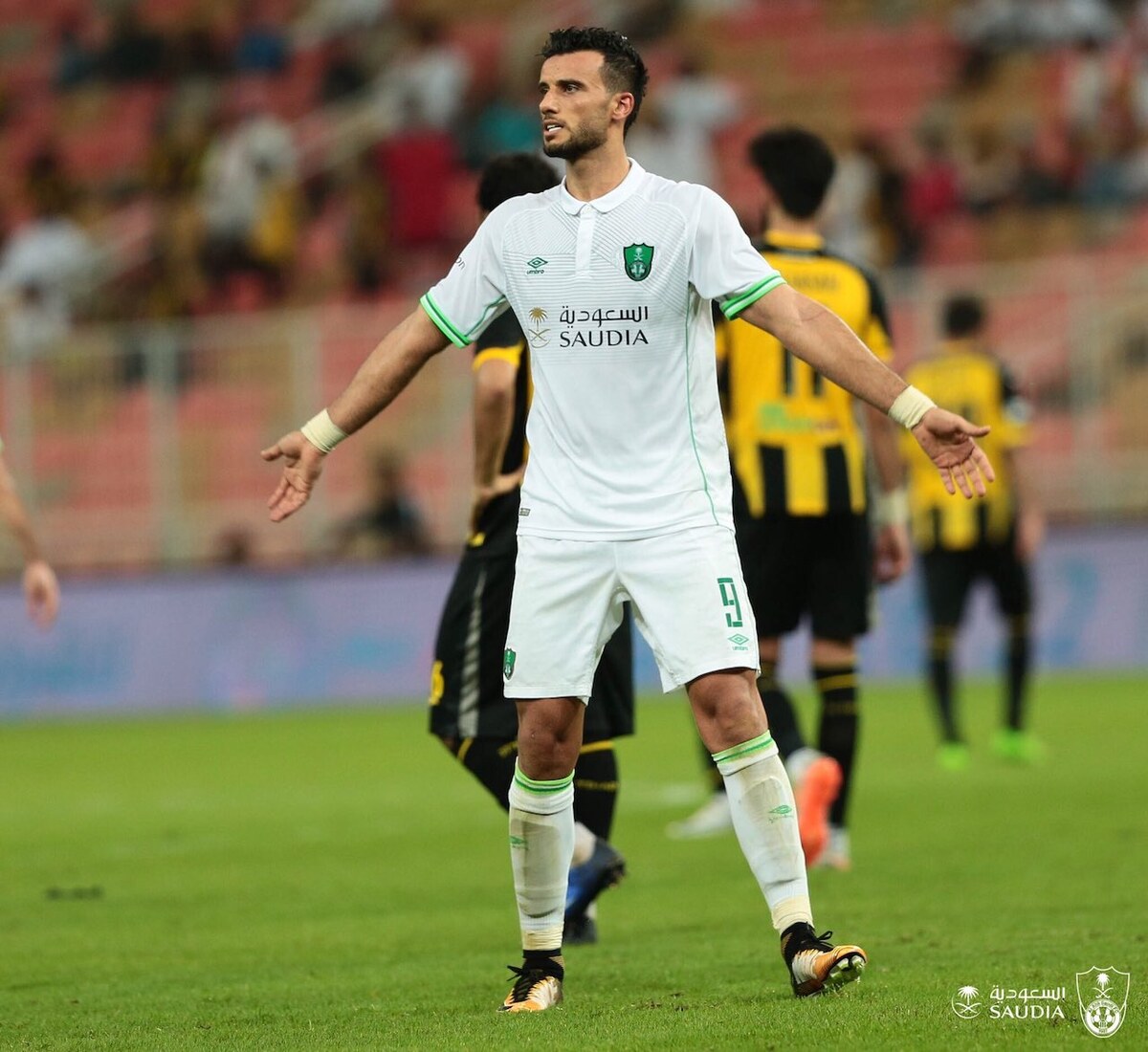
Omar Al-Somah
French forward Bafetimbi Gomis joined Al-Hilal from Galatasaray in 2018, just in time to play a major part in one of the club’s greatest eras. In four glorious seasons at the club, he won two Saudi Pro League and two AFC Champions League titles, scoring 116 goals across all competitions. His stellar record propelled him to hero status in Riyadh and beyond.
Brazilian goal poacher Romarinho was beloved by Al-Ittihad fans from the time he joined from the UAE’s Al-Jazira in 2018 until his departure this summer. His goals helped Al-Ittihad end a 14-year drought to win the 2022-2023 SPL title.
Controversial, but never less than enthralling, and deadly in front of the goal, Moroccan forward Abderrazak Hamdallah scored an astonishing 77 goals in 74 matches for Al-Nassr between 2018 and 2021, winning the SPL in 2018-19 and twice claiming the league top scorer award. Like Romarinho, Hamdallah played a major part in bringing the SPL title to Jeddah in 2023.
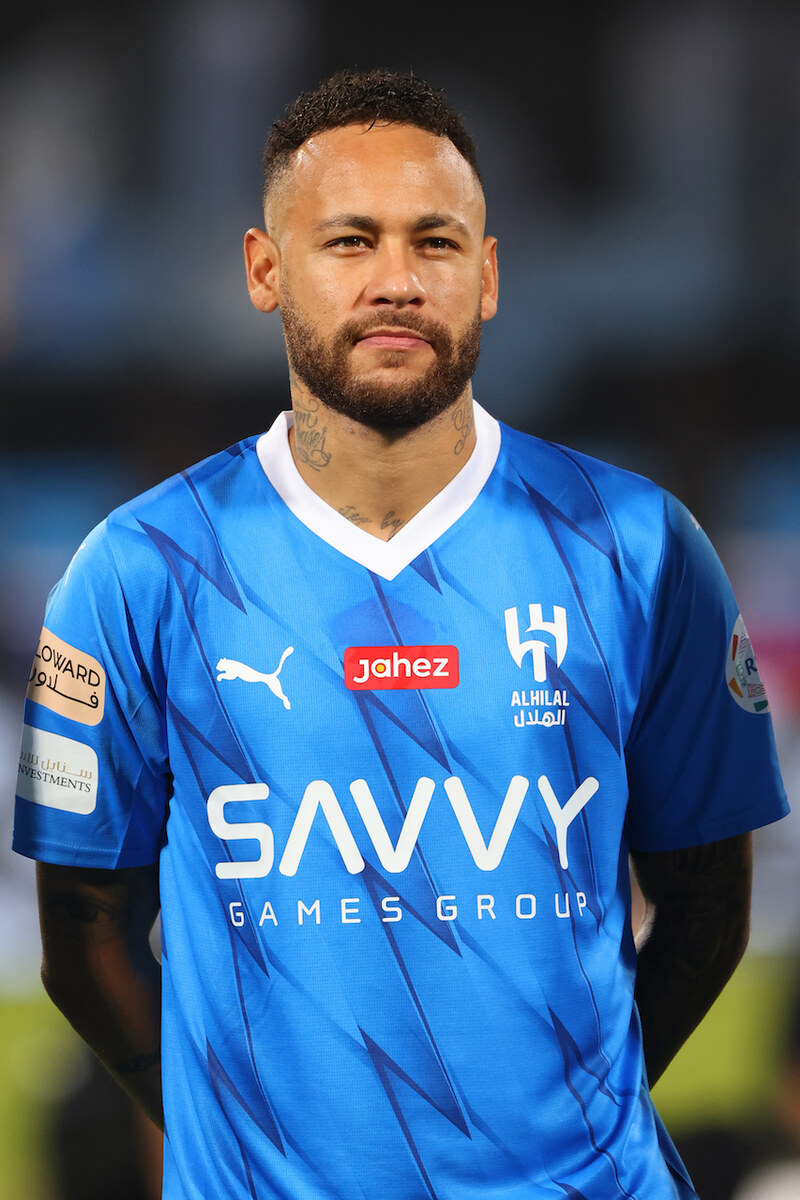
Hilal's Brazilian forward #10 Neymar stands for the national anthem during the Saudi Pro League football match between Al-Hilal and Al-Shabab at Prince Faisal Bin Fahd Stadium in Riyadh on September 29, 2023. (Photo by Fayez NURELDINE / AFP)
Stadiums across Saudi Arabia attract fans from around the world. The enhanced match-day experience, coupled with the opportunity to see global stars in action, has turned major football fixtures into significant tourism events. This surge in visitors is beneficial not only for the hospitality sector, but also for local businesses and the broader economy.
Aside from tourism, the SPL is expanding its broadcasting to new territories and languages for the first time. Previously confined to regional viewership, the league has secured broadcasting deals that span multiple continents. Networks in Europe, Asia, and the Americas are now showing SPL matches, providing a global audience with unprecedented access to Saudi football.
Saudi Arabia’s investment in football is part of a long-term vision. By attracting top talent, boosting tourism, expanding broadcasting reach, and capturing media attention, the SPL is positioning itself as a major player in international football, and a cornerstone of the country’s sports and cultural diplomacy.
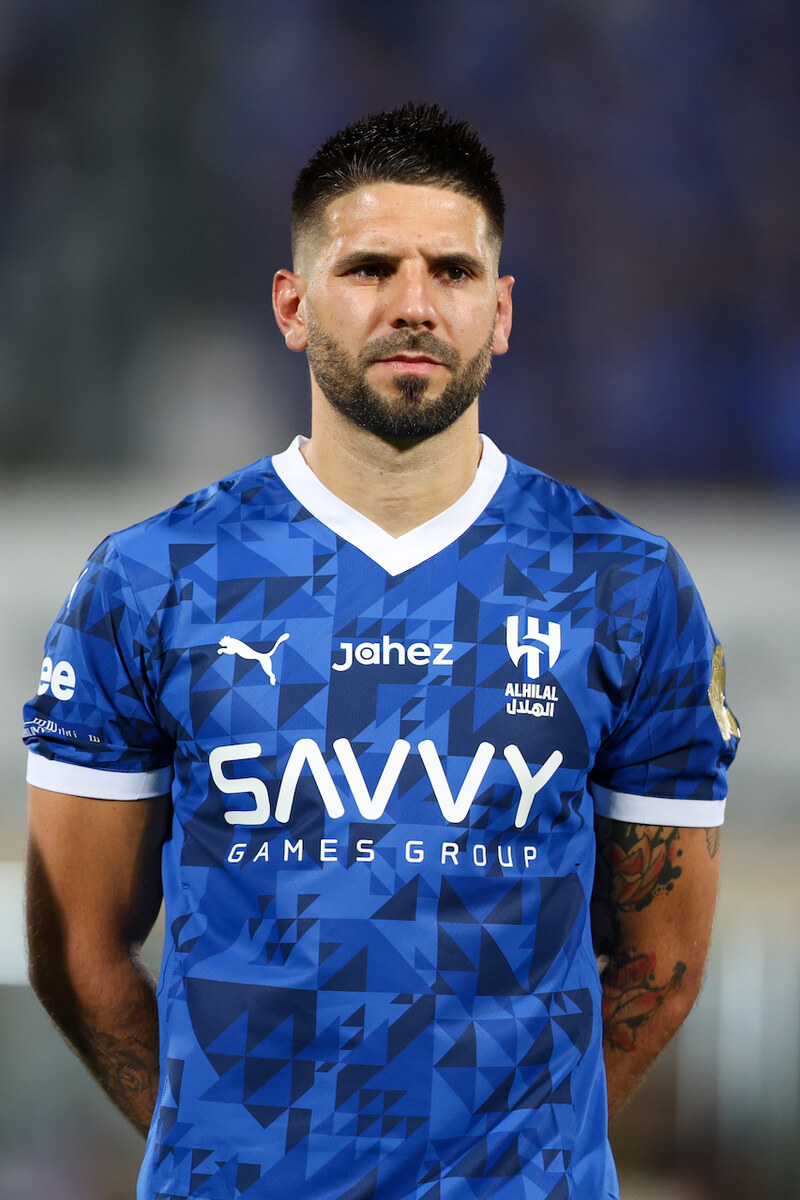
Aleksander Mitrovic of Al Hilal looks on prior the Saudi Pro League match between Al Hilal and Damac at Prince Faisal Bin Fahad on August 28, 2024 in Riyadh, Saudi Arabia. (Photo by Yasser Bakhsh/Getty Images)
The influx of international stars and the subsequent growth in tourism are just the beginning. The Kingdom aims to leverage this momentum to drive further investments in infrastructure, grassroots development, and community engagement, with the goal of creating a sustainable football ecosystem that benefits all levels of the sport, and contributes to the country’s broader economic and social objectives.
This spotlight boosts the league’s visibility, and helps to shape global perceptions of Saudi football as a serious and competitive force.
Meanwhile, the Kingdom’s bid to host the 2034 FIFA World Cup adds another layer to its footballing ambitions. The country’s significant investments in the SPL and its infrastructure are part of a strategic push to demonstrate its capability to host major international sporting events. Securing the World Cup would not only solidify Saudi Arabia’s status on the global football stage, but also align with its Vision 2030 goals by showcasing its evolving sports infrastructure and organizational prowess.
As the SPL continues to grow, it will be interesting to observe how this investment reshapes global football dynamics. The league’s success in attracting big names and expanding its international footprint could potentially inspire other regions to follow suit, leading to a more diverse and globally interconnected football landscape.























